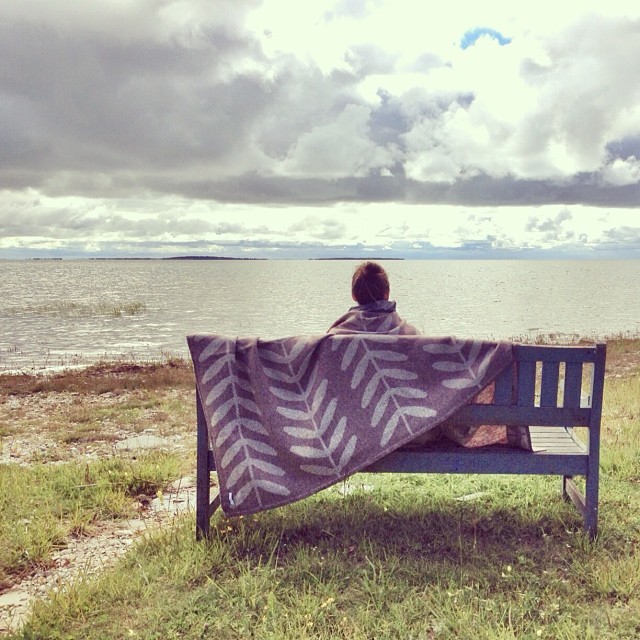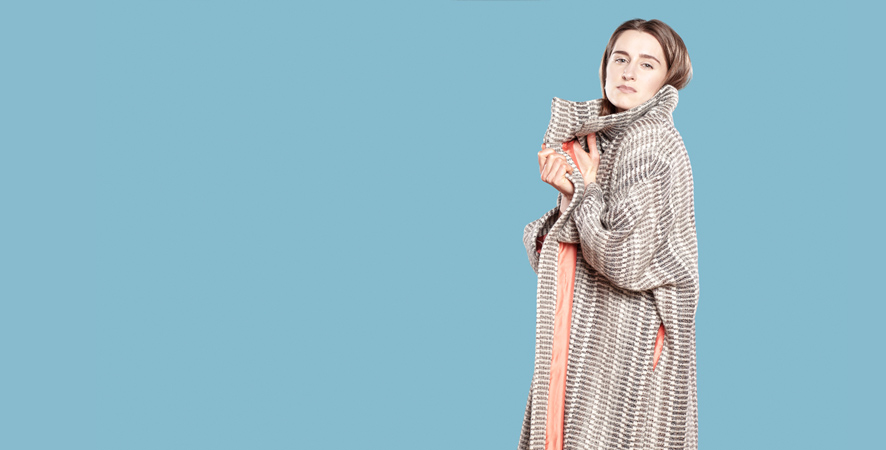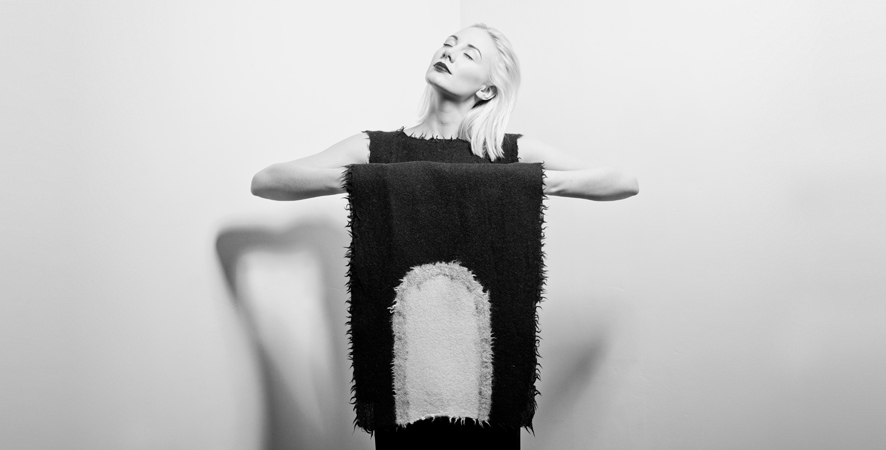DESIGNER OF THE MONTH – MARE KELPMAN
Mare Kelpman is a textile designer whose textile studio is aimed to create lifeful production, which would bring joy for their users all their lives. Under the kelpman textile brand sold textiles are 100% natural, they are produced in nearby regions and made of materials from European producers. The products are finished, packaged and transported without using any chemicals. Searching for various options to make use of textiles, the designer gradually made her way from accessories to clothing. However, the ambition is not to focus on fashion design, but to create cozy, warm and healtly clothes suitable for our climate. Coats, cardigans, shawls, scarves are made for people who appreciate freedom and creativity. The buyers of kelpman textile products dare to stand out from the crowd and know the value of natural materials.
☞ What are you up to at the moment?
I have been developing my textile studio brand kelpman textile products for several years and reached to the point, where the clients know where to find me, ask, look for. That is to say autumn is the time for active communication and also several prepared projects need to get completed. An exhibition charting the history and nowadays of textile industry was opened at the Estonian Museum of Applied Art and Design, which was long prepared in collaboration with Kai Lobjakas. In autumn, I took part of the Design Market during the Helsinki Design Week, in September also the Estonian design pop-up shop in London and the fashion design programme of the Design Night Festival. And some future projects lets keep as a secret still.
☞ What are your five favourite design objects?
Why? I would not mention any particular object. In general, I prefer items, that are long-lasting, can be tamed and become more beautiful with aging. And to highlight my own field, textile is the one thing that touches the human body the first and the last time, in which the person is wrapped at birth and death. Without textiles would be difficult to manage even a day. So 5 times textile objects.
☞ What is the biggest problem design could solve?
Designers should be involved in many modern life problems. Resource problems, environmental and community life issues require fresh solutions. As a local example, the development of Kalaranna area, where designers could have been involved. Creative people have added significant value to the region. It is easy to make a paved road through the district, instead of approaching creatively and thinking how the local community and also tourists could benefit from this city waterfront open to the sea.
☞ Which Estonian / other company you would like to work with?
Cooperation opportunity would be positive with all companies who value environmentally friendly production.
☞ Could Estonia become a design country?
In terms of creative potential, Estonia could certainly be a design country, as designers we have plenty. As well as entrepreneurs, but when it comes to developing a sustainable company and keeping it alive, the creative companies have still much to learn. Cooperation between designers and traditional companies is also weak. It requires deliberate policy to move the enthusiasm of small creative companies from the battlefield to economy. Good industrial production is required for a bigger reputation and recognition. There are companies in Estonia, who successfully compete on various markets and develop products according to design principles, but as the local market is so small, there is no interest to make itself visible here.


